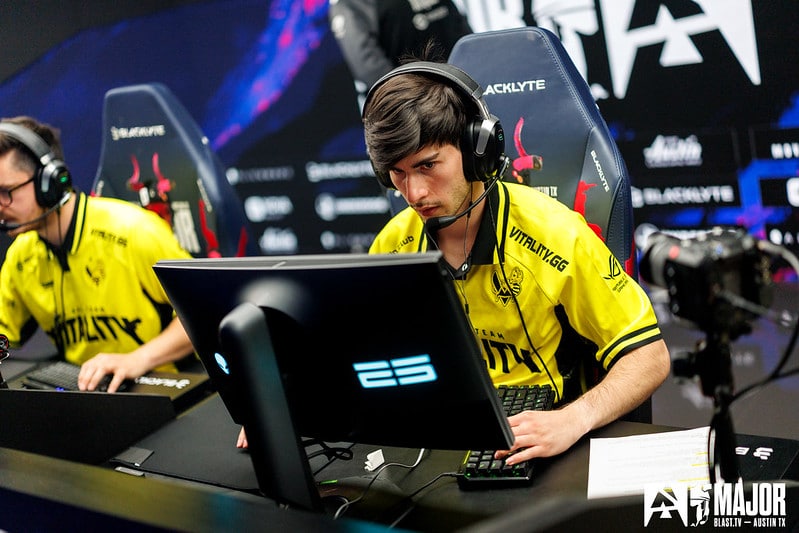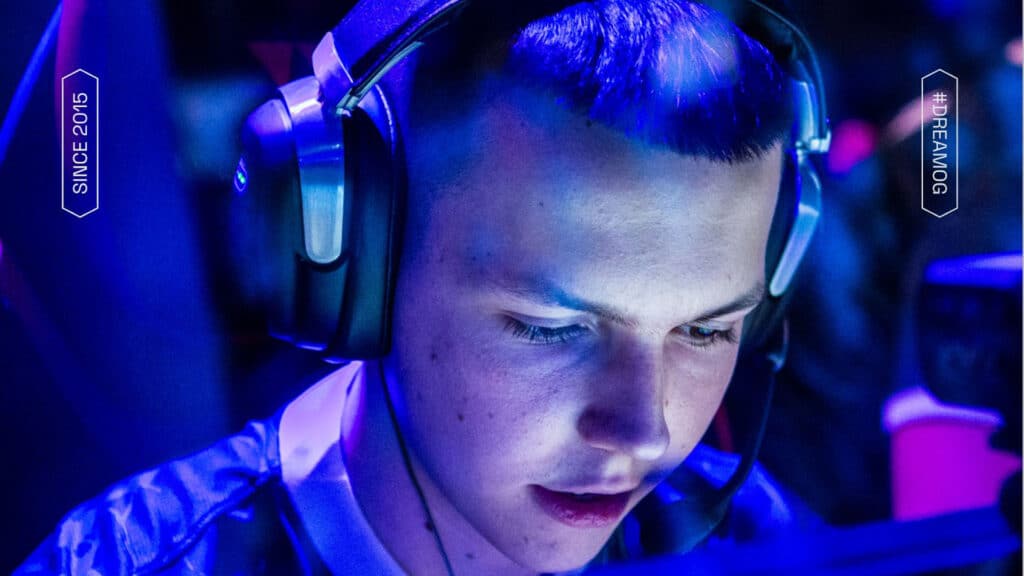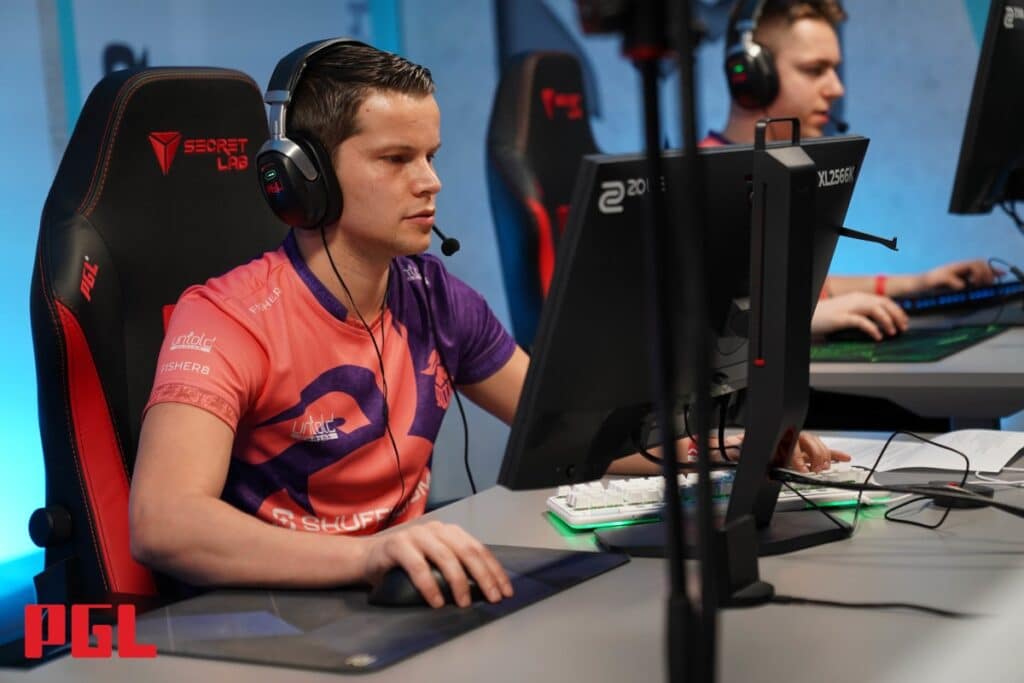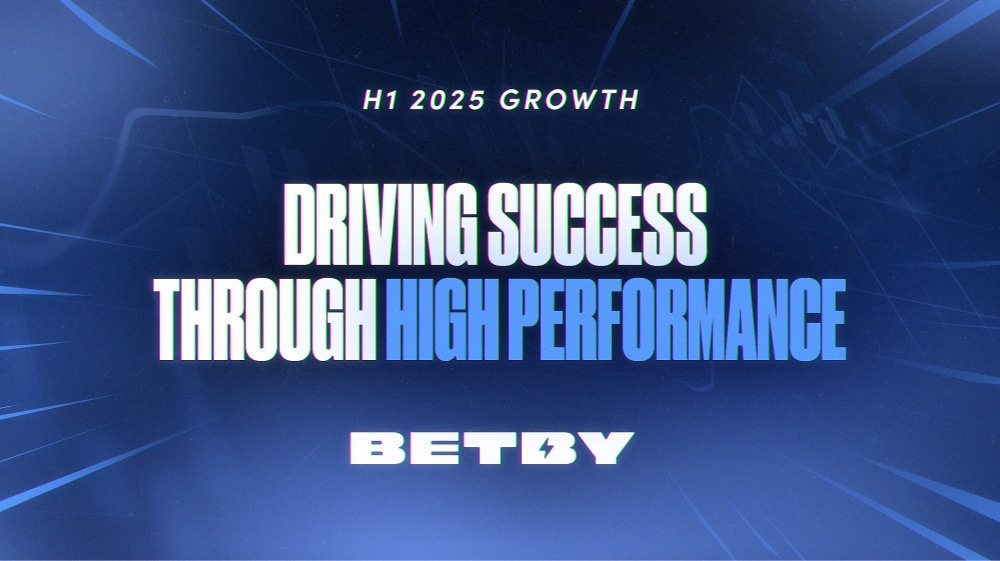The Counter-Strike 2 esports scene is at a crossroads in 2025. Professional players, industry veterans, and coaches from around the world are voicing diverse opinions on the evolution from CS:GO to CS2. Their discussions highlight a mix of CS:GO nostalgia, the need for esports structure reform, fundamental shifts in gameplay mechanics, and the changing roles of hardware makers like Valve and ZOWIE. This article, by DonkAI, covers who’s influencing the scene, what’s changed, where the action is happening, and how the Counter-Strike 2 esports scene is fighting to stay competitive, fair, and globally relevant.
CS:GO nostalgia fuels today’s Counter-Strike 2 debates
If you’ve been following Counter-Strike, you know that nostalgia for CS:GO is shaping much of today’s conversation. Veteran players such as Christopher ‘GeT_RiGhT’ Alesund and Richard ‘shox’ Papillon reminisce about peak years, especially the French dominance around 2015. Streamers and up-and-coming coaches like Niklas ‘CoachDP’ Poulsen often admit, “I find myself dreaming of the CS:GO days.” The community’s longing isn’t just sentimental—it’s a call to recapture the competitive excitement and mechanical depth they feel has been lost in the transition to Counter-Strike 2.
Professional players lead calls for esports structure reform
At the heart of the Counter-Strike 2 esports scene are the professional players themselves. Names like Malek ‘maleK’ Bennouioua and teams such as Team Vitality are not just competing—they’re demanding change. Many believe the current tournament qualification systems, especially Valve’s VRS qualifiers, are too predictable and closed-off, limiting up-and-coming teams. Event organizers like ESL and BLAST.tv shape the calendar, but players are pushing for more open and dynamic esports structure reform to boost excitement and fairness.
Gameplay mechanics: Breaking down the evolution from CS:GO to CS2
One major topic in both pro and amateur circles is how gameplay mechanics have changed. While Valve’s ambitions for CS2 included better graphics and smoother play, players debate issues like “peeker’s advantage”—a mechanic where the player who rounds a corner often sees opponents first. Many miss the tactical nuances and crisp feel of CS:GO, but others appreciate innovations in Counter-Strike 2, especially when matched with better hardware.
ZOWIE esports lab and peripheral innovation powering pro play
Cutting-edge hardware remains a decisive factor for top esports performance. The launch of the ZOWIE esports lab in Eindhoven, Netherlands, represents a new frontier for peripheral innovation. Pros now have direct input as companies tailor mice, keyboards, and monitors for peak in-game responsiveness. Industry insiders note that scientific testing and player feedback are driving the next generation of gear, aiming to close the microsecond gaps that can decide a championship match.
Regional balance: Dominance, decline, and emerging esports hotspots
One key storyline in the Counter-Strike 2 esports scene is the regional balance between teams. In 2025, European teams—especially Team Vitality—are consistently dominating top events like the BLAST.tv Austin Major and ESL Grand Slam. Meanwhile, Asia is experiencing rapid esports growth and closing the gap, while North America’s decline is a concern for fans and analysts. These shifts impact where talent comes from, who wins the big trophies, and how global the scene truly becomes.
Iconic events and teams shaping the competitive landscape
Major tournaments such as BLAST.tv Austin Major and ESL Grand Slam continue to set the narrative. Here, professional players and storied organizations—FaZe Clan, Team Falcons, even retired stars returning for special appearances—showcase the best of CS2 competition. With the esports world watching, every upstart team or breakout player has a shot to inspire the next generation.
Addressing challenges: Fairness, innovation, and the future
Despite its legacy, the Counter-Strike 2 esports scene is wrestling with game balance, meta shifts, and calls for structural reform. Players argue that competitive fairness needs stronger support from Valve and tournament organizers. The introduction of scientific peripheral development and ongoing community feedback signal positive change, but sustained innovation and open dialogue are crucial to keeping the scene vibrant.
Frequently asked questions about Counter-Strike 2 esports scene (FAQ)
Why do many pros feel nostalgic for CS:GO?
Many professional players and fans feel that CS:GO offered a unique competitive depth and better gameplay mechanics, leading to today’s CS:GO nostalgia in conversations about Counter-Strike 2.
What reforms are players calling for in esports structure?
Pro players want more open qualification routes (beyond Valve’s current VRS qualifiers) and less predictable tournament formats to foster competitive balance and allow new teams to break through.
How is hardware innovation influencing pro play?
Scientific testing at places like the ZOWIE esports lab lets manufacturers optimize gear with input from professional players, helping to improve precision and reaction times vital for elite-level gameplay.
Which regions are gaining or losing ground in Counter-Strike 2?
European teams led by organizations like Team Vitality still dominate, but there’s notable Asia esports growth. North America decline is evident, as fewer teams remain internationally competitive compared to previous years.
What issues divide the Counter-Strike community about CS2?
Main debates center around new gameplay mechanics, regional competitiveness, and whether the esports structure is fair and adaptable enough for future growth.
Sources to this article
- Interview insights and industry-wide opinion polls gathered at the ZOWIE esports lab opening, Eindhoven, Netherlands (2025).
- Papillon, R., & Alesund, C. 2025. “Pro Player Reflections on Counter-Strike 2.” BLAST.tv Austin Major Panel Discussion.
- Valve Corporation. 2025. “VRS Qualifier System Changes.” Official Counter-Strike Blog.
- ESL. 2025. “Tournament Reports and Regional Rankings.”
- ZOWIE. 2025. “Scientific Hardware Innovation in Esports.” Technical Journal.




